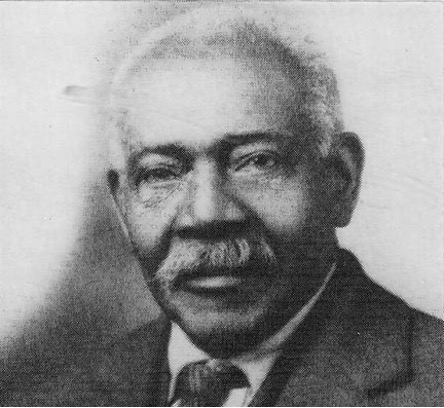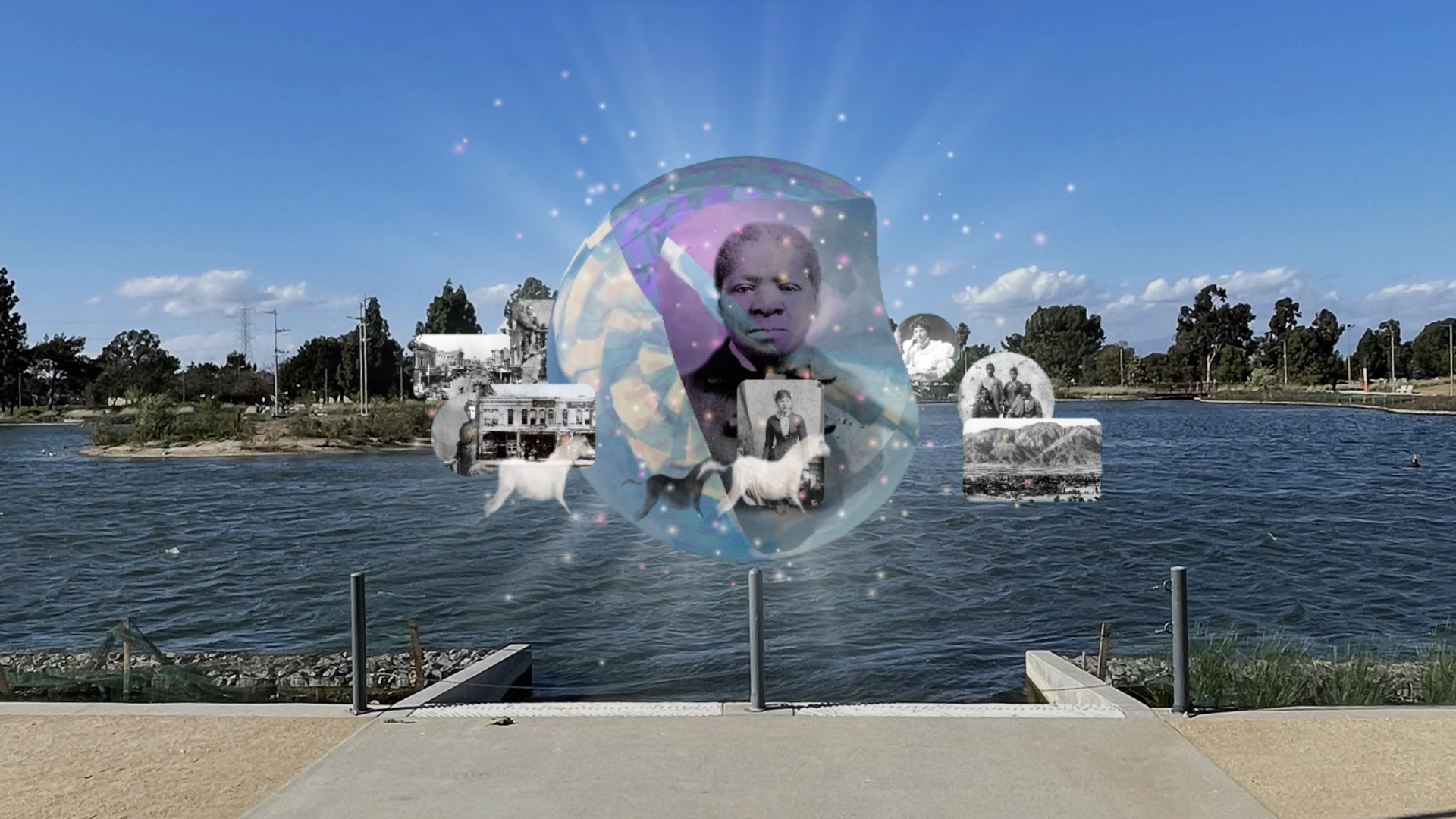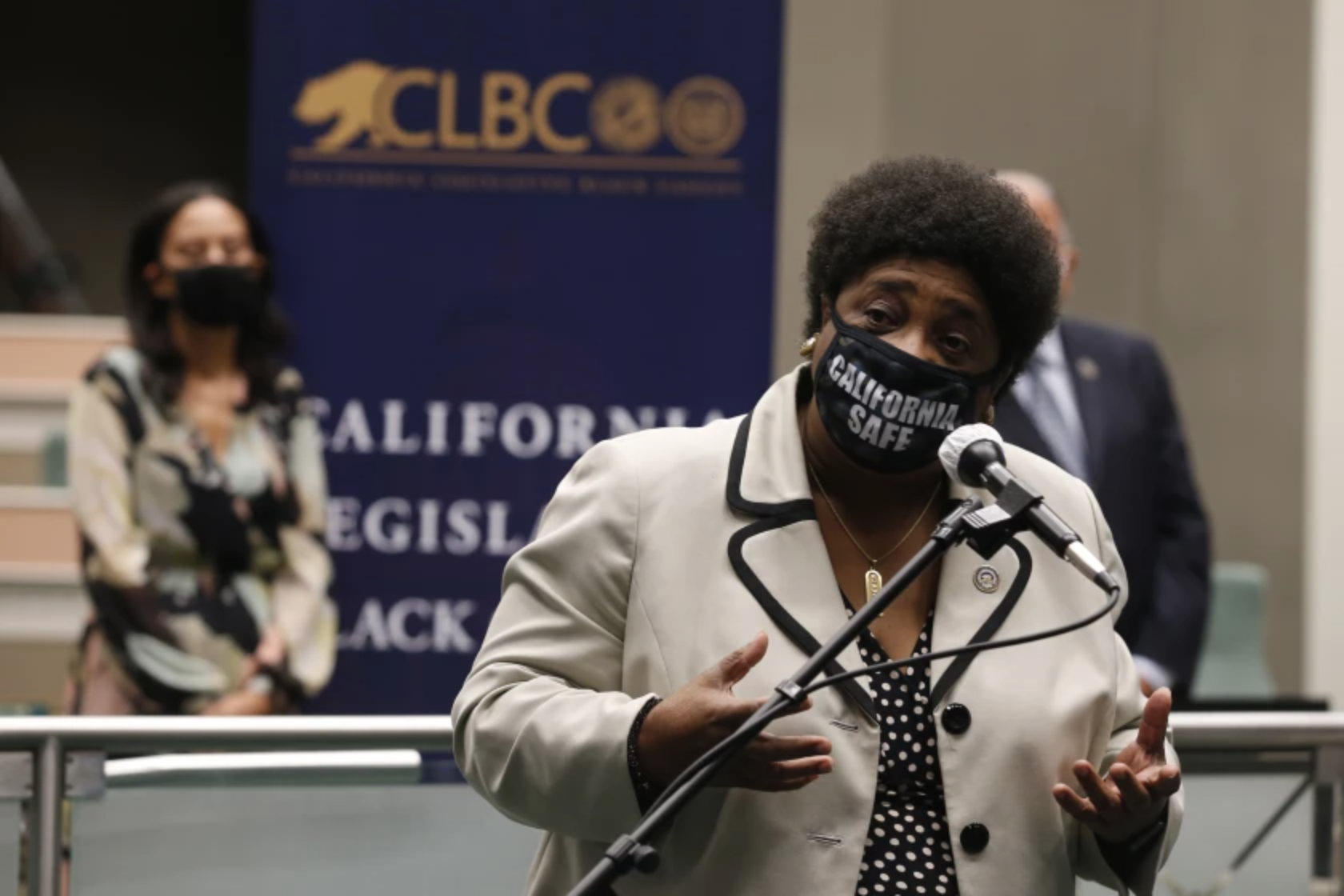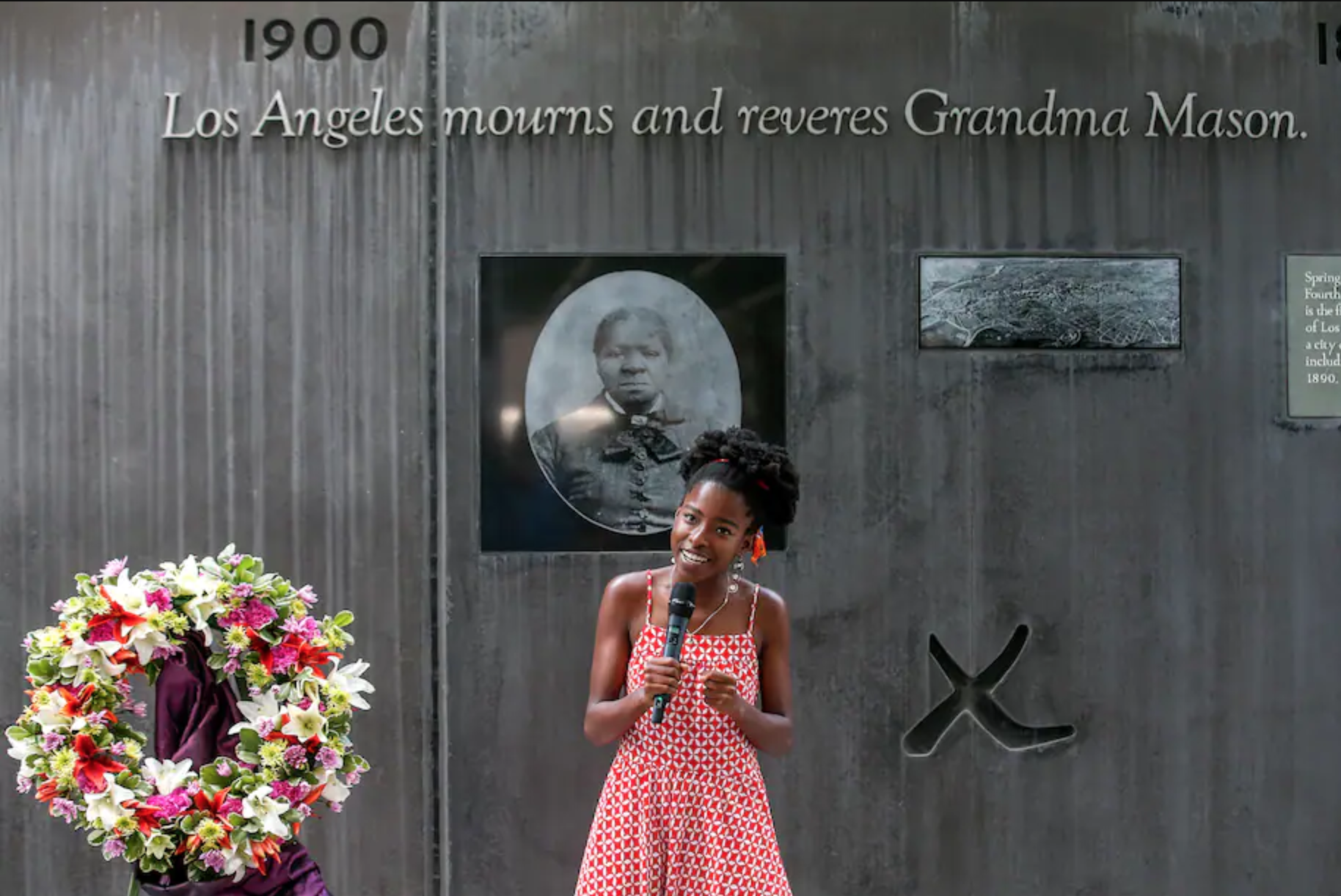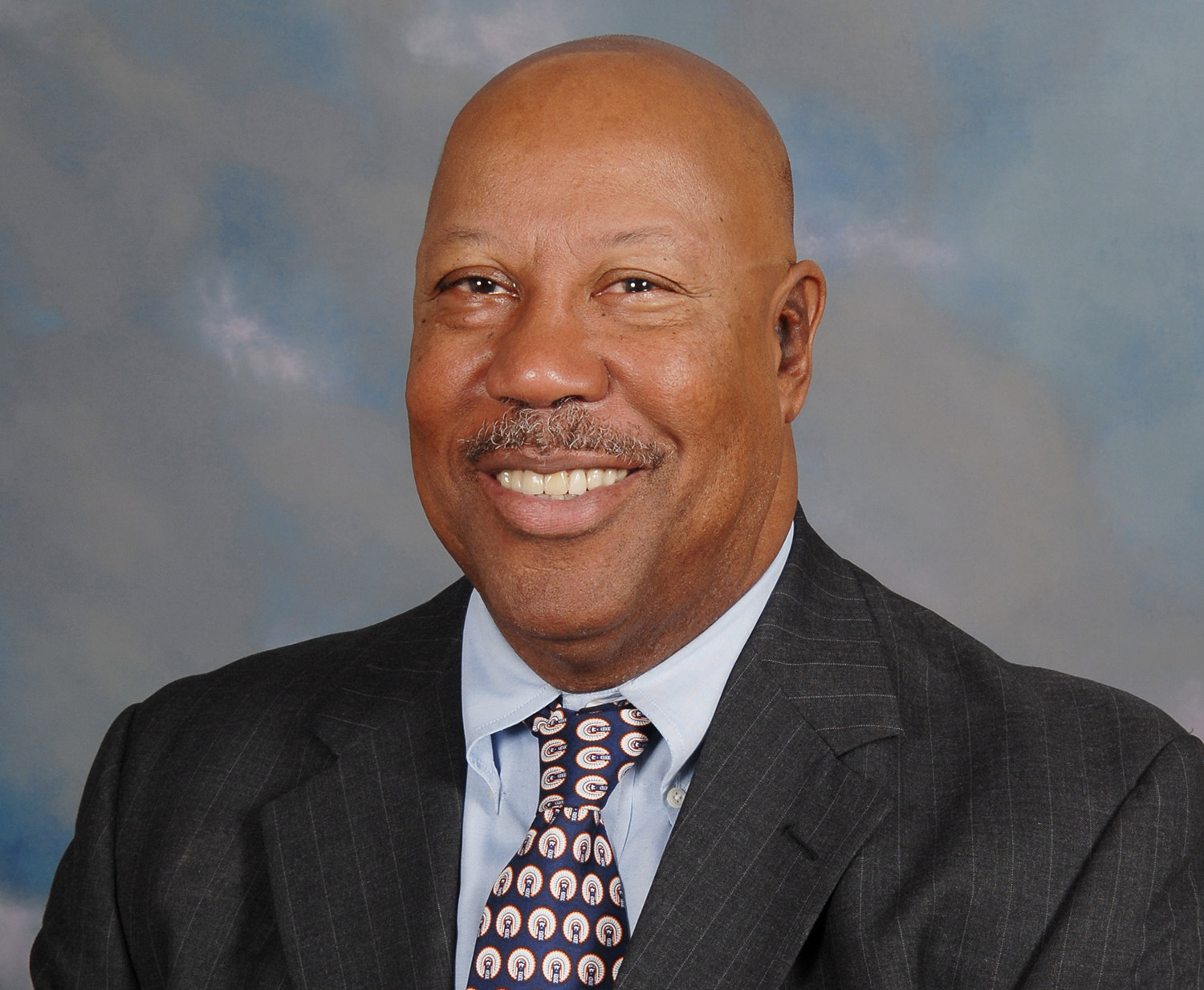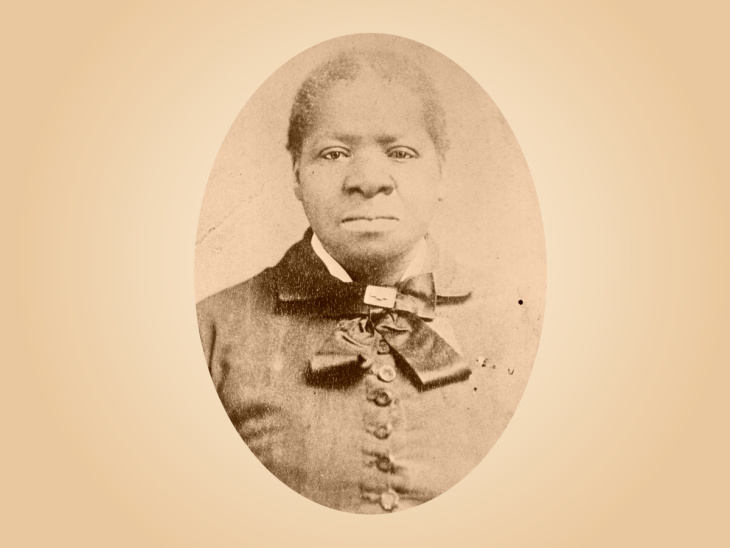Israel Beal was born into slavery but became an indispensable figure in the development of Redlands, California. Beal’s family history intertwines with that of Biddy Mason. Both lives tell the story of California’s earliest free black pioneers and their contributions that have only recently been recognized.
Israel Beal was born in Virginia on April 10, 1848, one of eleven children born to Oliver and Elvira Myes Beal. Israel was born into slavery but freed by the Emancipation Proclamation in 1863. For the remainder of the Civil War he joined the Union Army as a teamster and drove horses and mules, a trade that would later figure into his later success in California. Beal accompanied General Sherman’s “March to the Sea” from Atlanta to Savannah, Georgia, in 1864.
After the war Beal found jobs in the booming mining industry, which brought him to San Francisco and to silver and gold mines in Nevada and Arizona. In 1870 he returned to California, this time to San Bernardino, where a group of Mormons had settled twenty years earlier. In a chance encounter on the street Beal met Myron Crafts, a local landowner and easterner with abolitionist principles who had travelled west from his birthplace in Massachusetts and reached California in 1861. Crafts asked if Beal wanted to work. Beal said yes, a fortuitous decision that landed him in the nearby Redlands area where he lived and worked for nearly 60 years.
In 1870 Beal married Martha Embers, whose family history links the Beals to Biddy Mason. Martha’s mother, Hannah Smith Embers, had first came to the San Bernardino Valley in 1851 alongside Biddy, both enslaved by Robert Smith and forced to work as midwives in the growing Mormon settlement at San Bernardino. When Smith ran into legal trouble in 1856, the resulting court case emancipated Hannah and Biddy, along with the rest of the women and children Smith enslaved. Martha was two years old in 1856, yet her subsequent life alongside Israel Beal in Redlands, like Biddy Mason’s in Los Angeles, proved a remarkable one in the history of early California.
Israel and Martha initially lived and worked on Myron Craft’s ranch (which eventually became the town of Crafton). By 1874 Israel had enough money to purchase twenty acres of his own land in a new township then known as Lugonia. The Beal’s farm would later grow to 57 acres and include a two-story house for their growing family. According to Dr. Nathan Gonzales, a local historian and head archivist at the A.K. Smiley Public Library in Redlands, Israel Beal was one of the first African-American property owners of the area.

Israel and Martha Beal home, W. Lugonia Avenue
As a teamster and a landowner Beal made a name for himself by carrying freight for the construction crews that developed the area. An anecdote tells of mothers who would pull their children indoors when Beal drove his teams down the street, shielding their ears from the language he used to get the mules moving. Yet Beal’s colorful vocabulary seemed to work magic, since his uncanny ability to convince stubborn horses and mules to pull heavy loads earned him a nonstop supply of grading and hauling contracts for decades.
Throughout the construction booms of the 1880s and 1890s, Beal played a crucial role in the development of early Redlands, grading tracts and hauling lumber and materials to build the first houses, churches, hotels, and dams. Beal was contracted to dig a portion of the area’s original reservoir used for irrigation and he hauled teams up into the San Bernardino Mountains to build the original “Big Bear Dam,” whose water allowed the fledging community to develop. In 1879 Beal was hired by Dr. J.D.B. Stillman to grade and plant a 160-acre vineyard, a portion of which is now the University of Redlands Campus. It was this job that gave Beal his lifelong nickname. When a San Francisco newspaper reported that Stillman had contracted a “Dr. Beal” to lay out a vineyard, Beal was from then on known as “Doc.”
In 1881 “Doc” Beal worked with Redlands founders Edward Judson and Frank Brown to grade the original 1,500 acres that would become downtown Redlands. In 1883 he hauled lumber to build the first church in the valley, the Terrace Congregational Church. In a testament to their standing in the community, “Mr. and Mrs. Israel Beal” were among the nineteen adults listed as founders of the Congregation, alongside other prominent white members like Judson and Brown.

The Terrace Congregational Church
Eventually Beal not only helped build houses but got into the business of moving them. “House moving” boomed at a time when it wasn’t uncommon for people to lift and wheel an entire house to a newly developed plot rather than build a new one from scratch. In 1927 Beal he said that once he got through building everything he had then “been moving everything ever since.” As in his other businesses, Beal excelled. In 1889 the Redlands Citrograph reported that Beal “moves houses with more ease than some fellows move themselves.”
Several of Israel and Martha’s children became well-known in the area, including Harry Beal, owner of a successful stage and car line catering to San Bernardino Mountains tourists, and Charles Beal, the first African American to graduate from Redlands High School, postman, and a member of the local Harbert Orchestra. In the twentieth century, the Beal’s grandson Charlie Beal became a well-known jazz pianist who played with Louis Armstrong and toured throughout Europe.
Despite his pioneer role in Redlands, when Israel died at the age of 81, in 1929, he was laid to rest in an unmarked grave. Martha joined him there three years later. Today Beal’s legacy is better remembered, thanks to Redlands community members and to Beal’s descendants who still live in the area. In 1995, the Redlands Area Historical Society raised money to install a proper grave marker to honor the Beals. In 2007, with support from the City’s Human Relations Commission, the Redlands City Council honored Israel Beal by special proclamation during Black History Month. Then, in 2010, the City Council voted unanimously to name a new park “Israel Beal Park,” near the Santa Ana River, in recognition of his many accomplishments. Community members continue to honor Beal with public murals and in 2018 Beal was the subject of an episode of “Uncovered in the Archives.”


Israel Beal Park
In an address to those at the opening of Israel Beal Park, Smiley Library archivist Dr. Nathan Gonzales quoted what was said on the occasion of Beal’s death at age 81 in 1929: “The narrative of his life is a tribute to the industry, integrity and usefulness of this man, who with no help of birth or education, in spite of poverty and racial prejudice, has made of himself a useful citizen, adding no small contribution to the welfare of the community.”

